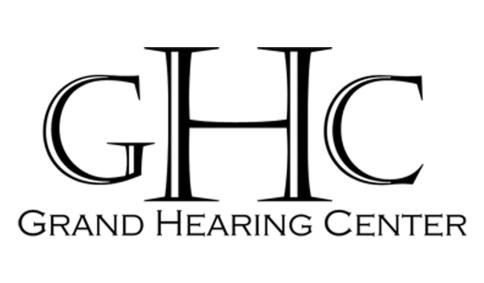
Behind-the-Ear Aids (BTE)
BTE aids consist of a case, a tube and an earmold. The sound is routed from the hearing aid case to the earmold via the tube. The earmold is created from an impression taken of the individual’s outer ear. This usually ensures a comfortable fit and reduces the possibility of feedback. Earmolds are made from a variety of hard or soft materials. BTEs can be used for mild to profound hearing loss. Due to the electrical components being located outside the ear, the chance of moisture and earwax damaging the components is reduced. This increases the durability of a BTE aid and with proper care it can last for a number of year.

Open-fit Devices
Open-fit” hearing aids are small behind-the-ear type devices. This type is characterized by a minimal amount of effect on the ear canal resonances, as it traditionally leaves the ear canal as open as possible. Traditionally, these hearing aids have a small plastic case behind the ear and a small clear tube running into the ear canal. Inside the ear canal, a small soft silicone dome or a molded, highly vented acrylic tip holds the tube in place. This design is intended to reduce the occlusion effect. Conversely, because of the increased possibility of feedback, and because an open fit allows low frequency sounds to leak out of the ear canal, they are limited to moderately severe high frequency losses.

In-the-Ear Aids (ITE)
These devices fit in the outer bowl of the. ITE hearing aids are custom made to fit each individual’s ear. They can be used in mild to some severe hearing losses. ITE hearing aids can be connected wirelessly to FM systems, for instance with a body-worn FM receiver with induction neck-loop which transmits the audio signal from the FM transmitter inductively to the telecoil inside the hearing instrument.

In the canal (ITC) and Completely in the Canal aids (CIC)
ITC aids are smaller, filling only the bottom half of the external ear. The aid cannot be seen when face to face with the wearer. MIC and CIC aids are generally not visible unless the viewer looks directly into the wearer’s ear. These aids are intended for mild to moderately-severe losses. CICs are usually not recommended for people with good low frequency hearing, as the occlusion effect is much more noticible. In-the-ear hearing aids are custom fitted to the patient’s ear. During the fitting, an audiologist takes a physical impression (mold) of the ear.
